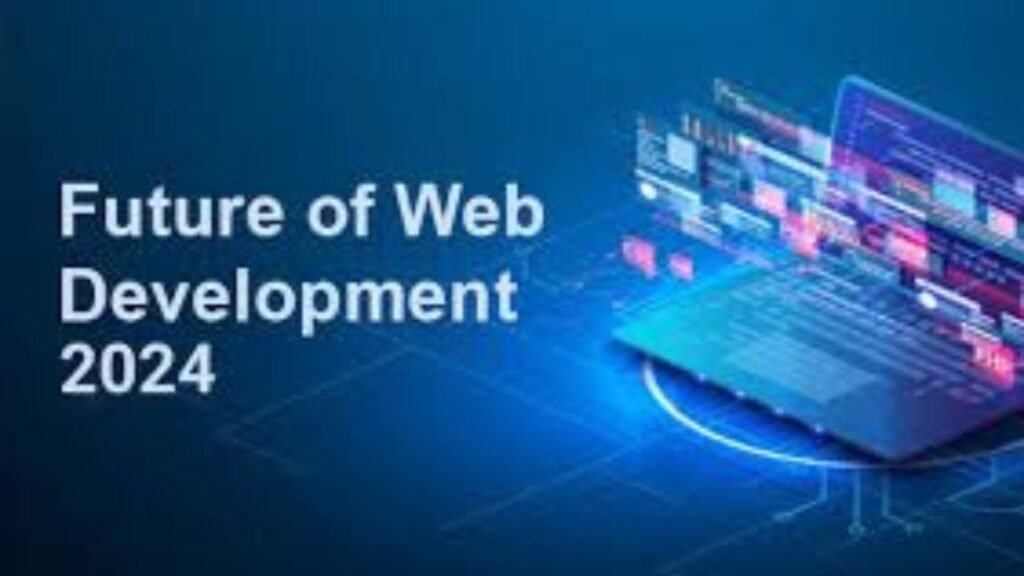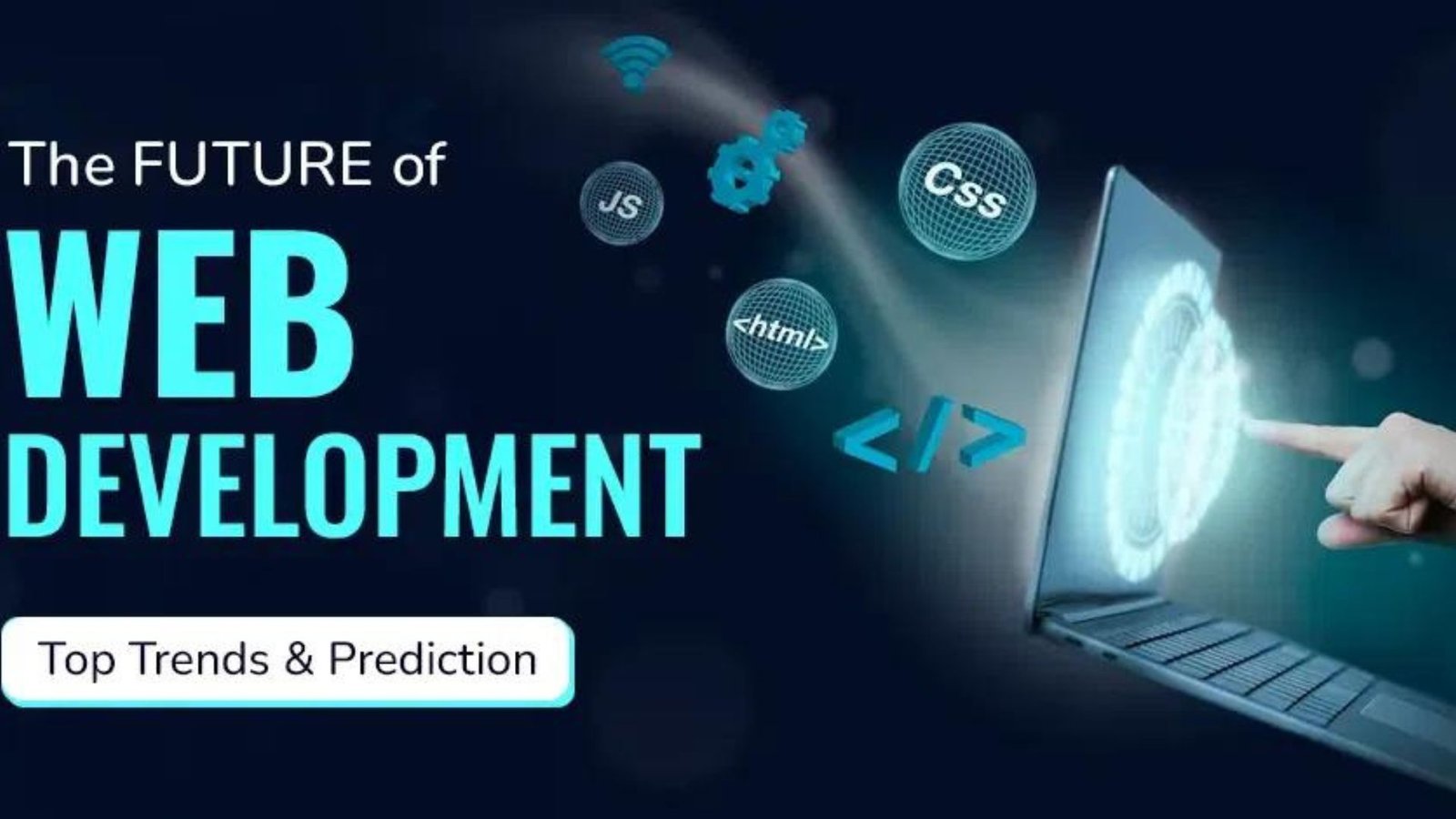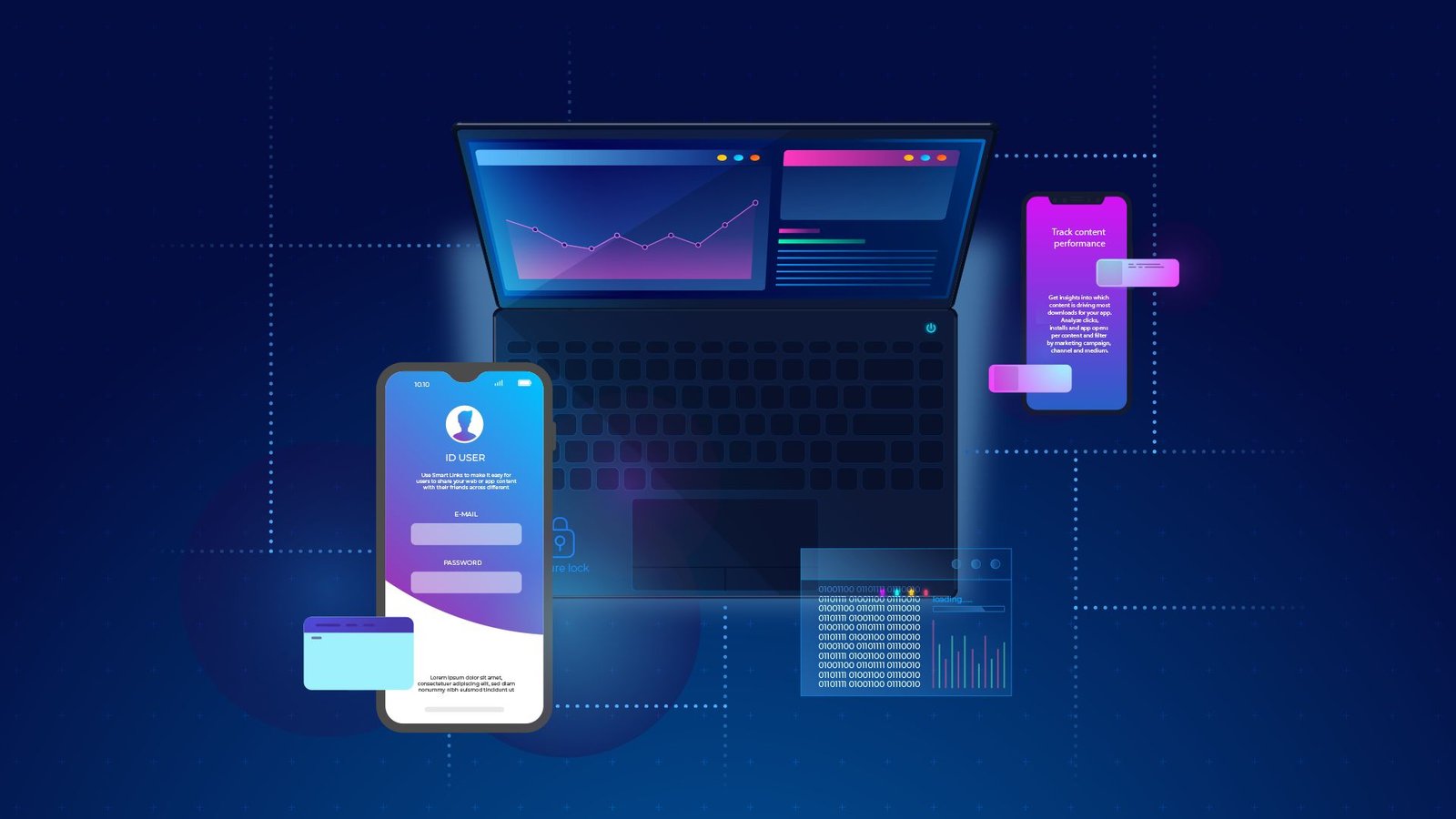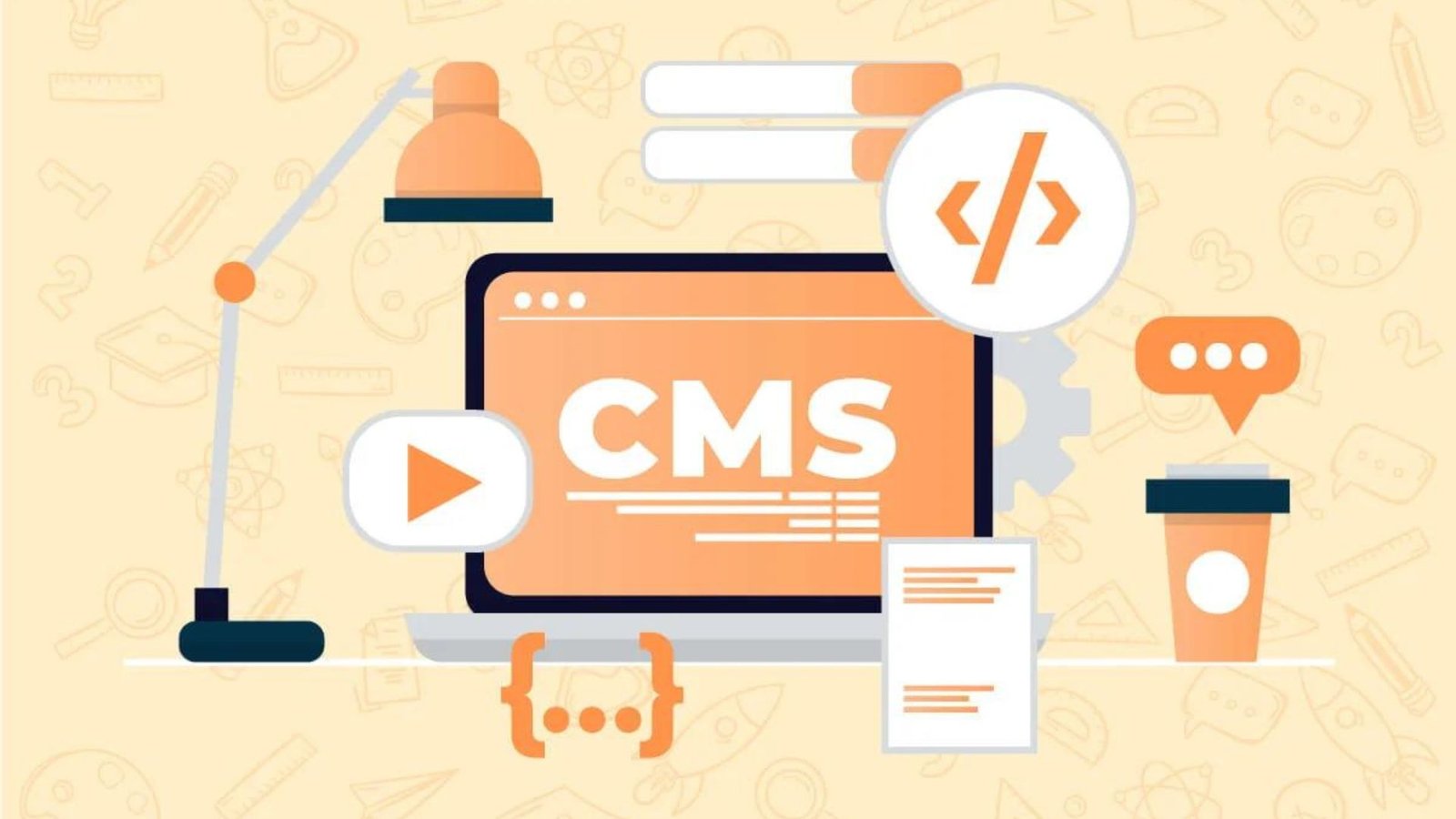The field of web development is constantly evolving, driven by advancements in technology and changing user expectations. As we look towards the future, several emerging trends and technologies are set to reshape the web development landscape. Understanding these innovations can help developers stay ahead of the curve and build cutting-edge web experiences. Here’s a glimpse into the future of web development technologies and what to expect in the coming years.

1. Progressive Web Apps (PWAs)
Progressive Web Apps (PWAs) are set to revolutionize how we interact with web applications. Combining the best features of web and mobile apps, PWAs offer offline capabilities, push notifications, and faster load times. They provide a more engaging user experience while being accessible through a web browser. As browsers and standards continue to support PWAs, their adoption will increase, making them a critical technology for developers to embrace.
2. WebAssembly (Wasm)
WebAssembly (Wasm) is an emerging technology that allows developers to run high-performance code in the browser. By compiling code written in languages like C, C++, and Rust into a binary format, Wasm enables near-native execution speeds on the web. This technology is particularly valuable for applications requiring intensive computation, such as gaming, virtual reality, and complex data processing. As WebAssembly continues to mature, it will expand the capabilities of web applications and enhance performance.
3. Artificial Intelligence and Machine Learning
Artificial Intelligence (AI) and Machine Learning (ML) are increasingly becoming integral to web development. From chatbots and personalized content recommendations to advanced analytics and automation, AI and ML technologies are enhancing user experiences and streamlining development processes. Future web applications will leverage AI to provide more intuitive interactions, predictive insights, and tailored content, making these technologies essential for modern web developers.
4. Serverless Architecture
Serverless architecture is gaining traction as a way to build scalable and cost-effective applications. With serverless computing, developers can focus on writing code without worrying about managing servers or infrastructure. Cloud providers handle the scaling and maintenance, allowing for more efficient resource utilization and faster development cycles. As serverless platforms become more robust, their adoption will likely increase, transforming how developers approach backend development.
5. Jamstack and Headless CMS
The Jamstack architecture (JavaScript, APIs, and Markup) and headless CMS (Content Management Systems) are reshaping how content is delivered and managed on the web. Jamstack emphasizes decoupling the frontend from the backend, using APIs to handle dynamic content and serverless functions to manage server-side logic. Headless CMS platforms provide content management without a predefined frontend, allowing for more flexibility and customization. Together, these technologies enable faster, more secure, and scalable web applications.
6. Augmented Reality (AR) and Virtual Reality (VR)
Augmented Reality (AR) and Virtual Reality (VR) are set to transform web experiences by providing immersive and interactive content. AR and VR technologies enable developers to create engaging and realistic experiences, from virtual tours and interactive product demos to gaming and training simulations. As AR and VR technologies become more accessible, their integration into web applications will enhance user engagement and open new possibilities for web-based interactions.
7. 5G Connectivity
The rollout of 5G networks is expected to have a significant impact on web development. With faster internet speeds and lower latency, 5G will enhance the performance of web applications, particularly those requiring real-time data processing and high-bandwidth content. This improved connectivity will enable more seamless interactions and richer experiences, from high-definition video streaming to real-time collaboration and gaming.
8. Edge Computing
Edge computing involves processing data closer to the source of generation, rather than relying on centralized data centers. This approach reduces latency and improves performance by handling data processing at the edge of the network. As edge computing becomes more prevalent, it will enhance the efficiency of web applications, particularly for applications requiring real-time processing and low-latency interactions.
9. Enhanced Web Security
Web security will continue to be a major focus as cyber threats become more sophisticated. Future web development technologies will incorporate advanced security measures, such as enhanced encryption protocols, secure authentication methods, and automated threat detection. Ensuring robust security practices will be crucial for protecting user data and maintaining trust in web applications.
10. Low-Code and No-Code Development
Low-code and no-code development platforms are transforming how web applications are built. These platforms enable developers to create applications with minimal coding, using visual interfaces and pre-built components. They streamline development processes, making it easier for non-technical users to build and customize web applications. As these platforms evolve, they will empower more people to participate in web development and accelerate the creation of web solutions.
Conclusion
The future of web development is filled with exciting technologies and trends that promise to transform how we build and interact with web applications. Progressive Web Apps, WebAssembly, AI and ML, serverless architecture, Jamstack, AR and VR, 5G, edge computing, enhanced web security, and low-code/no-code development are all set to play a significant role in shaping the web development landscape. Staying informed about these advancements and incorporating them into your development strategy will help you create innovative and high-performing web experiences.




